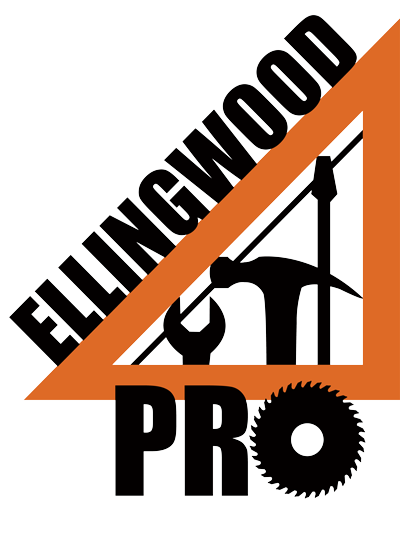Here at Ellingwood Pro, we take safety very seriously! Our certified home inspector reviews and inspects areas of the home during a home inspection, but it is very important that as a homeowner you ensure that your home is safe after, before and in between home inspections. These home safety basics are great ways to get you, your family and home prepared to ensure you are ready in case an emergency hits.
Home Safety Tip #1-Smoke Detectors


It is very important for the safety of your home to have smoke detectors in your home. The National Fire Protection Academy recommends that you have a smoke detector on every level of your home and in all sleep rooms. It even requires that you have a smoke alarm installed outside every sleep area too. Some older homes may not meet all these requirements so it is a good idea to go through your home and see if you should add additional smoke detectors.
It is also very important to test your smoke detectors monthly. If they are not working properly, it is best to replace them instead of running the risk of it not working in an emergency situation. This is definitely something you do not want to “wait until later” to complete. Be sure to check and make sure you home has plenty of smoke alarms and that they are all working correctly. You may also be able to find interconnected smoke alarms too. These are very helpful when a fire breaks out in one area of the home, it will make all the other smoke alarms go off so everyone is made aware and can escape quickly.
Home Safety Tip #2-Carbon Monoxide Detector
Another thing to be prepared for in your home is Carbon Monoxide. It can be just as scary as fires. Carbon Monoxide is actually referred to as a silent killer because you can’t smell it, taste it or see it!
The National Fire Protection Academy also recommends that you have a Carbon Monoxide detector outside every sleeping area and on each level of a home, yes even the basement. Carbon Monoxide detectors have gotten pretty advanced lately and sometimes you can even find them combined with a smoke detector. This makes it really nice so you only have to install one alarm but you get the alerts for both!
PLEASE NOTE
When installing either smoke detectors or Carbon Monoxide detectors it is important to install them according to the manufacturer’s instructions. Be sure to read the height and manufacturing instructions when installing these. We also recommend that you check with your state laws to ensure that you have the proper number and correct locations of smoke and Carbon Monoxide detectors throughout your home, specific to your state.
Home Safety Tip #3-First Aid Kit


It is always a good idea to have a first aid kit somewhere in your home that is easily accessible. A good first aid kit will include Band-Aids, gauze, alcohol pads and more. You can make your own first aid kit based off what you think you and your family will need for a medical emergency or you can purchase one. We recommend having the bare essentials needed for basic first aid and then customizing it for you and your family needs. Be sure to store it in a place where everyone can access it and that is easy to find if an emergency arises.
Home Safety Tip #4-Emergency Numbers
Another thing to have in your home in case of an emergency is emergency numbers. Be sure to make a list of all the numbers you will need if you do not have access to your cell phone. We even recommend typing out these numbers and displaying them on the inside of a kitchen cabinet, inside a door or other area where most people can access it. Do not forget to include your number as well, in case you are not home when an emergency takes place and you need to be contacted.
Another safety tip we recommend is writing out your home address and even directions to the house. If you are not available during an emergency but it happens at your home you will want to be sure whoever is there will have the address of the house in an easy to find place. Not only that, but in the middle of an emergency it is not uncommon to freeze or be distracted by other things, if your address is already typed out all you need to do is read it to 9-11 operator so they have it when sending someone to assist you.
Home Safety Tip #5-Disaster Kit
Just like a first aid kit, a disaster kit is good to be prepared for a disaster situation! You can make a simple safety or disaster kit yourself or even buy one already put together. Make sure you check on this kit every once and a while to determine if you need to adjust or add anything based off your family needs.
A basic safety or disaster kit should include enough items to sustain your family for 3 days. You will need to include batteries, flash lights, water, food, whistle to call for help, a battery or hand crank radio, basic tools or some kind of multipurpose tools, sanitation items, copies or personal or important medical documents, required medications, cash, maps of the area, an emergency blanket and cellphone with chargers or back up batteries. On top of these items, you will also want to be sure you have access to the first aid kit and emergency numbers listed above too.
Home Safety Tip #6-Fire Drill/ Meet up Area
Another safety tip to go over when preparing your home for emergency situations is ways to escape. Especially in case of a fire, it is a good idea to discuss how to get out of the house and where to go to meet up during a fire. Another thing to look at is if you are escaping from the top floor, should you get a fire escape ladder? This is something you will want to review and customize to fit your specific home to help you be the most prepared.


You never know when a disaster or emergency can happen so it is very important to be safe and prepare these items long before you will ever need them. We hope that you find this information helpful! Hopefully you will never have to worry about a natural disaster, fire or medical emergency in your home but if you do we hope that this list helps you feel a little more prepared!
Have questions about home inspections? Give us a call at 276-566-5669. You can schedule directly online or by giving us a call. Curious about the cost of our inspections? Check out our free estimate tool on our website or by clicking here.


